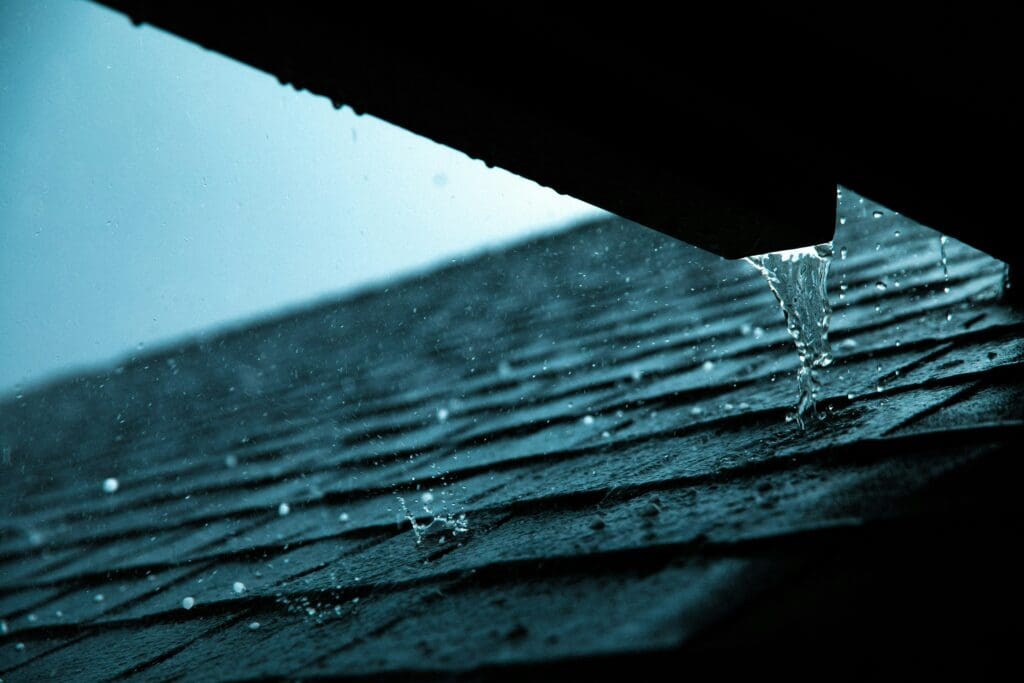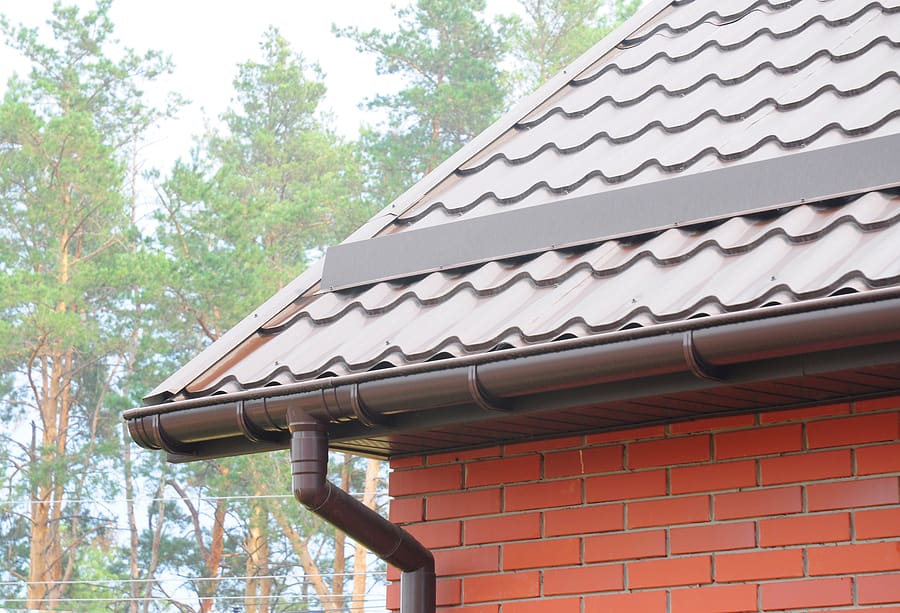If you’ve ever dealt with a leaking roof, you know how frustrating it can be. Ensuring your next roof is waterproof is essential for peace of mind. While temporary repairs might offer a short-term fix, a persistent leak often means it’s time for a replacement. Achieving a truly waterproof roof involves more than just the visible surface; it requires essential components and professional installation. Understanding what makes a roof waterproof can help you make informed decisions and trust that your home is protected from the elements.

Roof Decking
The condition of your roof decking is crucial for making sure your roof stays waterproof. Roof decking is the layer that sits over the roof’s structure, providing a smooth, even base for the roofing materials to go on. Typically, you’ll find two main types of sheet decking used: plywood and OSB (oriented strand board). When leaks occur, the roof decking often absorbs water and becomes soft, moldy, or brittle. If your roof decking is in good condition, you’re in luck! However, if it’s not, don’t fret. Our experienced installers will assess the situation. Should they find rotted or damaged decking, they will replace that section with a new piece of plywood or OSB, ensuring your roof is solid and dependable. Remember, without proper decking, your new roof is bound to leak, but with our trustworthy team, you’re assured a roof that stands strong.
Ice and Water Shield
The first step in making your roof waterproof is to add Ice and Water Shield. This special material is placed in areas where water might sneak in under the shingles. You’ll find it along the edges of the roof, in the valleys, and around any openings. Ice and Water Shield is made from a strong mix of rubber and fiberglass, ensuring your roof stays dry and protected.
Underlayment
When it comes to making sure your roof is truly waterproof, the next step is adding the underlayment. This protective layer is installed between the roof deck and the top layer of shingles. Its primary job is to act as a waterproof barrier, stopping any moisture from seeping into your home. With the right underlayment, you can trust that your roof is not only solid but also well-protected against the elements.
Flashing System
Roof flashing is a crucial element in ensuring your roof remains waterproof. This thin metal material directs water away from the most vulnerable areas of your roof, protecting your home from potential damage. Flashing is necessary wherever there’s a penetration in the roof, such as around rakes, eaves, pipe vents, walls, skylights, chimneys, and valleys. Without properly installed flashing, leaks can develop, leading to costly repairs.

In conclusion, ensuring a roof is waterproof requires attention to more than just the visible shingles. Key components like roof decking, ice and water shield, underlayment, and flashing all play crucial roles in creating a water-tight barrier. Trusting a reliable and caring roofing service ensures these elements are expertly handled, giving you peace of mind and a secure home.